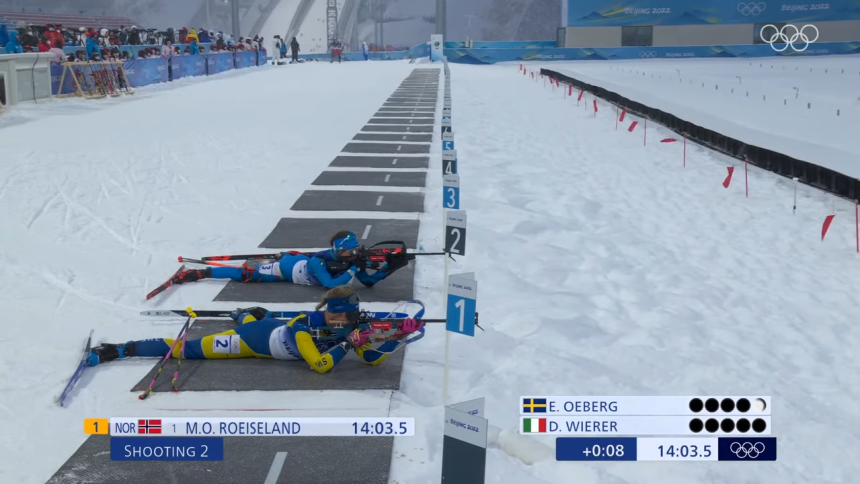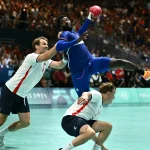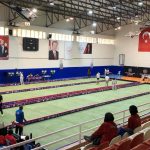Biathlon is a winter Olympic sport that combines cross-country skiing and rifle shooting, blending endurance with precision. Athletes ski over a snow-covered course, carrying a .22 caliber rifle strapped to their back, and stop at designated shooting ranges to hit five targets at 50 meters, alternating between prone (lying down) and standing positions. Missing a target incurs penalties, either a 150-meter penalty loop (in sprint, pursuit, mass start, and relay events) or a one-minute time penalty (in individual events). The sport includes six main formats governed by the International Biathlon Union (IBU):
- Individual: Men (20 km) and women (15 km) ski five loops with four shooting stages (prone, standing, prone, standing). Each miss adds one minute to the total time.
- Sprint: Men (10 km) and women (7.5 km) ski three loops with two shooting stages (prone, standing). Each miss requires a penalty loop.
- Pursuit: Men (12.5 km) and women (10 km) ski five loops with four shooting stages. Start times are based on sprint results, with the first to finish winning.
- Mass Start: Men (15 km) and women (12.5 km) start simultaneously, skiing five loops with four shooting stages. Penalty loops apply for misses.
- Relay: Teams of four (men: 4×7.5 km; women: 4×6 km) ski with two shooting stages per leg, using up to three spare rounds before penalty loops.
- Mixed Relay: Teams of two women and two men (women: 6 km; men: 7.5 km) follow similar rules, with flexible gender order since 2018.
Biathlon’s unique challenge lies in transitioning from high-intensity skiing (heart rates up to 180 bpm) to calm, precise shooting (optimal heart rate ~140 bpm), requiring exceptional physiological control and mental focus.















